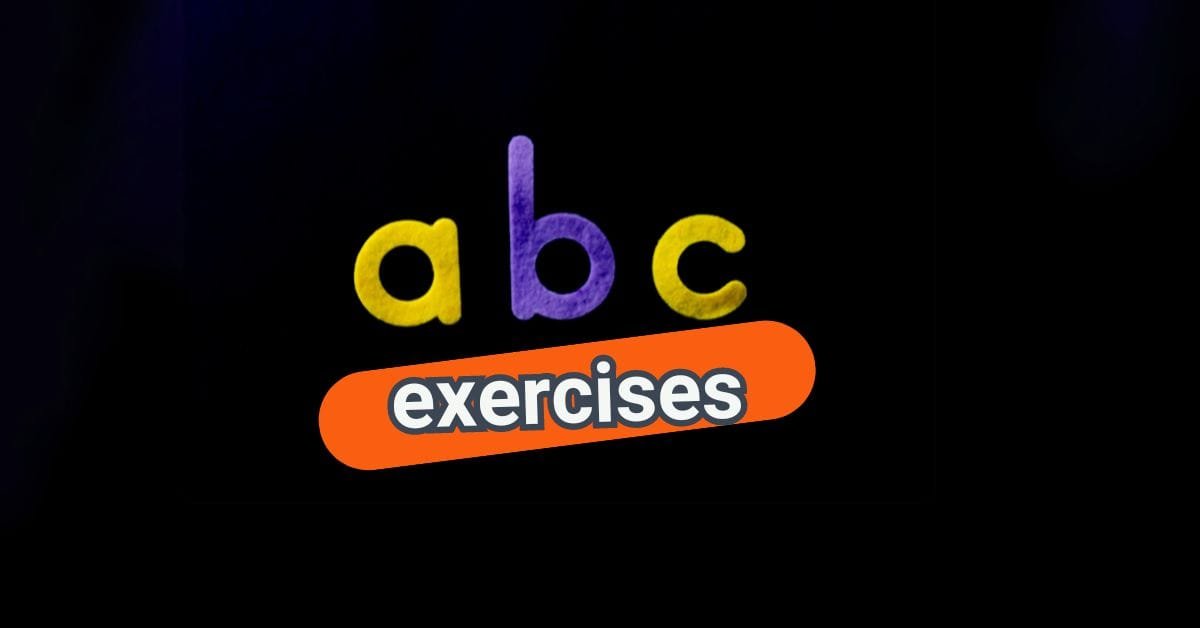Learning the names of colors in Spanish is one of the first and most useful vocabulary steps in your language journey. This is is one of the first and most practical vocabulary skills you can acquire.
Knowing colors helps you describe objects, clothing, nature, and even emotions. It’s a basic but essential step in building your Spanish language skills. Whether you’re shopping for clothes, describing objects, or talking about your favorite food, knowing the colores can be incredibly helpful.
In this activity, you’ll get to discover and memorize the colors in Spanish through a fun interactive word search. It’s a playful way to improve your spelling, enhance your visual memory, and reinforce the words you’ve already encountered in other lessons or daily life.
This guide will introduce you to common colors in Spanish, offer tips on pronunciation, and provide a fun interactive exercise to reinforce your learning. By the end, you will feel confident recognizing and using colors in everyday conversations.
Why Learn Colors in Spanish?
Colors are everywhere in daily life. When you learn how to name colors in Spanish, you can:
- Describe what you see and wear.
- Follow directions or instructions.
- Enhance your reading and listening comprehension.
- Make your conversations more vivid and detailed.
Whether shopping for clothes, choosing paint, or talking about your favorite food, colors add richness to your Spanish vocabulary. The sooner you get comfortable with colors, the easier it will be to learn related vocabulary, like clothing, nature, and descriptions.
Basic Colors in Spanish with Pronunciation and Meaning
Here are the most common colors you’ll encounter, along with their English translations and simple pronunciation tips.
| Spanish | English | Pronunciation Guide |
|---|---|---|
| Rojo | Red | ROH-ho |
| Azul | Blue | ah-SOOL |
| Verde | Green | BEHR-deh |
| Amarillo | Yellow | ah-mah-REE-yo |
| Negro | Black | NEH-groh |
| Blanco | White | BLAN-koh |
| Gris | Gray | grees (soft “s”) |
| Marrón | Brown | mah-RON (stress on “ron”) |
| Rosa | Pink | ROH-sah |
| Morado | Purple | moh-RAH-doh |
| Naranja | Orange | nah-RAHN-hah |
| Celeste | Light Blue | seh-LEHS-teh |
| Dorado | Gold | doh-RAH-doh |
| Plateado | Silver | plah-teh-AH-doh |
| Beige | Beige | BAY-heh |
| Turquesa | Turquoise | toor-KEH-sah |
| Violeta | Violet | vee-oh-LEH-tah |
| Fucsia | Fuchsia | FOO-see-ah |
Objectives of this exercise
- Learn and recognize the Spanish words for basic and extended colors.
- Practice correct spelling and pronunciation.
- Strengthen visual word recognition.
- Enjoy learning in a low-pressure, game-like setting.
Tips to Practice Colors in Spanish
- Practice Pronunciation Regularly. Repeat the words out loud. Use online audio resources or language apps to hear native speakers. This helps your mouth get used to new sounds and improves your accent.
- Use Colors in Simple Sentences. Try describing things around you using Spanish colors. For example:
- La camisa es roja. (The shirt is red.)
- Me gusta el coche azul. (I like the blue car.)
- Engage with Visual Materials. Watch videos, look at pictures, and use flashcards that show colors alongside their Spanish names. Visual memory helps reinforce word retention.
- Play Interactive Games. Use word searches, matching exercises, and quizzes to make learning fun. Interactive activities improve both recognition and spelling skills.
How to Use Colors in Conversation
Learning colors is more than memorizing words. Using them naturally in conversation is the goal. Here are some common ways to use colors in sentences:
Describing Objects: El libro es verde. (The book is green.)
Asking Questions: ¿De qué color es tu coche? (What color is your car?)
Expressing Preferences: Prefiero la camiseta azul. (I prefer the blue t-shirt.)
Giving Directions: Ve a la casa amarilla. (Go to the yellow house.)
Common Mistakes to Avoid
- Gender Agreement: Colors must match the gender of the noun they describe.
Example:- El coche rojo (The red car, masculine)
- La casa roja (The red house, feminine)
- Plural Forms: Colors also agree in number. For plural nouns, add an “s” if needed.
Example:- Los coches rojos (The red cars, plural, masculine)
- Las casas rojas (The red houses, plural, feminine)
- Avoid Mixing English and Spanish Colors: Try to think and speak in Spanish as much as possible to build fluency.
Interactive Exercise: Word Search for Colors in Spanish
Try this word search to find all the Spanish color words hidden in the grid. Words may be arranged horizontally, vertically, diagonally, forward, or backward. This game challenges your vocabulary and sharpens your visual skills.
Instructions
Find all the Spanish color words hidden in the grid. Words may be arranged horizontally, vertically, or diagonally – forward or backward. This is a great way to review your vocabulary. Good luck!
Final Thoughts
Learning the colors in Spanish is simple but important. Use the list, practice pronunciation, and try the interactive exercise to strengthen your skills. Regular practice and using colors in daily life will make these words stick.
Practicing vocabulary through games like this is a fun way to build strong, lasting memories. Make sure to repeat this activity or challenge a friend to see who finds all the colors faster.
Want to reinforce these words even more? Try describing what you’re wearing or your surroundings using these colors in full Spanish sentences.
Keep exploring Spanish with us, and soon you’ll describe your world in vibrant Spanish colors!
Additional Resources to Expand Your Spanish Vocabulary
- Vocabulary Drill: Daily Activities in Spanish
- Spanish emotion vocabulary. Emotions: Masculine/Feminine
- Top 50 Most Useful Spanish Verbs (With Examples)
- How to Memorize Spanish Words Effectively (Without Burning Out)
For more vocabulary tips and pronunciation examples, don’t forget to check our YouTube channel.


